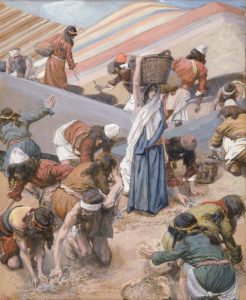In the parasha of Ki Tavo, we read:
And God has affirmed today that you are His treasured people, as He promised, who shall observe His commandments, and He shall place you above the nations that He has made, for fame, renown, and glory, and you shall be a holy nation unto Hashem, your God, as He promised.
The unique word for “glory” here, tiferet (תפארת), appears just three times in the whole Torah, and another 26 times or so in the rest of the Tanakh (not including the related tiferah). That it appears specifically three times in the Torah is no coincidence, for Tiferet is the third of the lower Sefirot, and is always associated with the number 3. It sits at the centre of the mystical Tree of Life, and is the only Sefirah interlinked with all the others. In Kabbalistic texts, Tiferet holds tremendous significance, and is discussed perhaps more than any other Sefirah. It is the Sefirah of the Torah, and of Israel, and the one associated with the very Name of God, the Tetragrammaton (יהוה). What is so special about Tiferet and why is it so important? Continue reading

